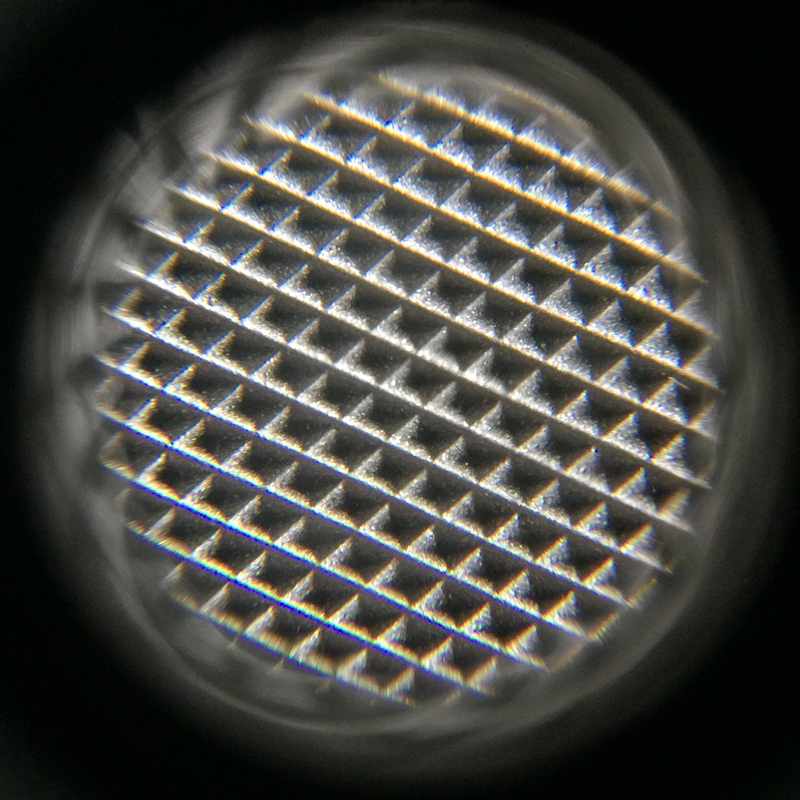


The bottom line is that most rooms do not have 100 percent control over environmental lighting. Roarke and watching Fantasy Island episodes in a room lined with white marble floors, alabaster walls and a whitewashed ceiling is far from ideal for getting the best out of your projector screen. When projected light bounces off your screen, it turns every surface in your room into a potential reflector that will in turn contribute to washing out the fine qualities of your projected image. It is surprising but true: Light colored walls, ceilings and flooring can all contribute to ambient light problems and negatively affect your video performance.
Ambient light rejecting windows#
This includes but is not limited to light coming through windows and skylights from outside, track lighting, in wall/ceiling lights, lamps, candles, fireplaces, or even the light of your own video screen reflecting off light-colored surfaces in your room.Īn undoctored photo of an ambient light rejecting (ALR) screen in action. Basically, it’s any light source other than your projector that threatens to wash out your image or otherwise impair its visual aesthetics. To AV installers, ambient light is any atmospheric lighting that originates from an indirect source of luminance that can be inside, outside, naturally or artificially occurring. And, “ambient light absorbent” sounds like something you clean your kitchen floor with. Besides, “angular divergent reflectivity of indirect light sources within an absorbent active matrix to mitigate the intrusive effects of luminous inundation onto projected images” is too much of a mouthful, and every marketing team out there hated it.

Simply, “ambient light rejecting” gives customers an easy mental image of a screen that gets rid of ambient light and its washout effect. ALR screens actually do the opposite of rejecting-they either absorb or divert ambient light away from the viewer’s field of vision. There are AV purists out there who hate the use of the word “rejecting” and, technically, they're right. The term “ambient light rejecting,” or ALR, is now part of the AV industry nomenclature as a screen feature that prevents ambient light from washing out a projected image. Once again, the old adage proves correct that “you can have too much of a good thing.” That is, unless you are trying to get a good picture on any large video display-then it is just too darn bright. Of all the phenomena in this great universe, it has contributed so much to the quality of our lives. Think of your best days under the sun the warm rustic glow of candles and firesides, or the countless light bulbs that have illuminated your path through all these years. From the moment of our first breath to our final sigh, the waking hours of our lives are bathed in ambient light. Elite offers several ambient light rejecting screen materials for different applications, including its popular Aeon Cinegray.Īmbient light allows us to see the world.
Ambient light rejecting professional#
This guest technical primer on light-rejecting screens was written and submitted by Dave Rodgers, marketing manager for Elite Screens Inc., a 20-year professional in the audio/video and wireless communications industries.


 0 kommentar(er)
0 kommentar(er)
